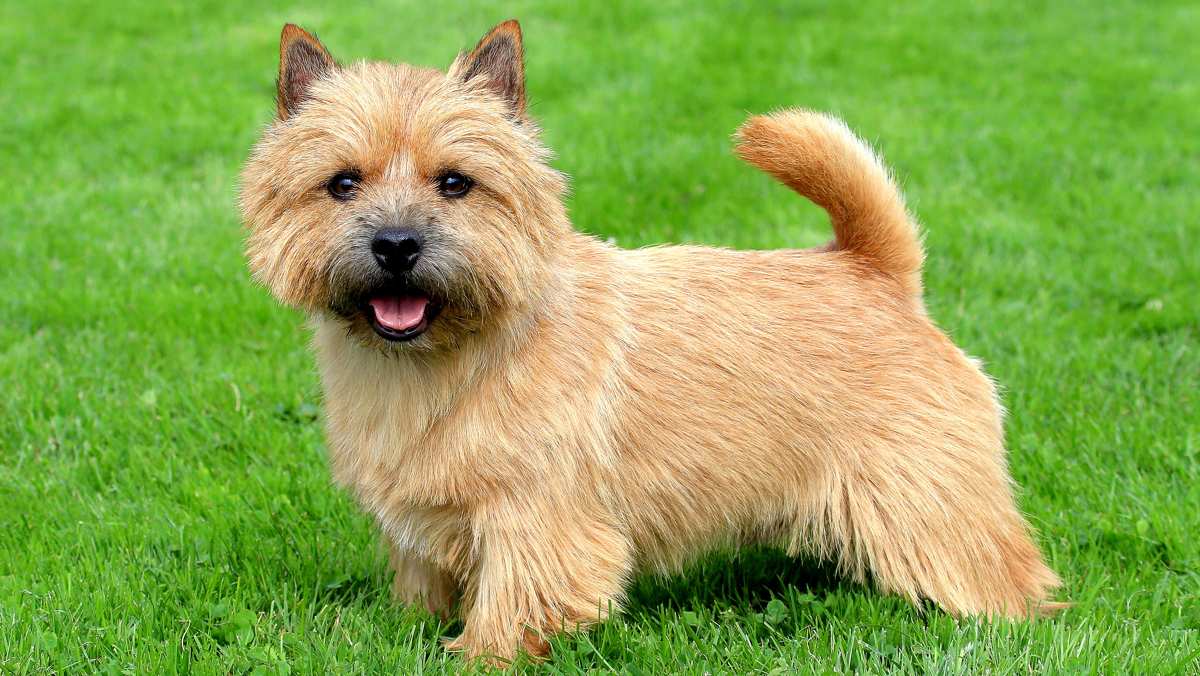Early Norwich Terrier history started out simply. Centuries before they were formally recognized, they were used alongside other terriers for the simple purpose of ratting. The bogs, marshes, and swamps of East Anglica, which juts into the cold, harsh, and unforgiving North Sea, were home to all manner of vermin. The small, ferocious, and all-terrain dogs that were used were the forebears to today's Norwich (and Norfolk) Terriers.
The dogs became a bit more pointedly recognized when, during the 19th century, students at University of Cambridge took to keeping them for the same reasons farmers and others had used them. As many of the students lived along Trumpington Street in Cambridge, the terriers became known as Trumpington Terriers. Supplied by a breeder named Charles (Doggy) Lawrence, they were believed to have come from mating large Yorkshire Terriers and small Irish Terriers.
One of Lawrence's dogs, a red terrier named Jack, became the inadvertent cornerstone of what is the modern-day Norwich Terrier. Jack's mate, a terrier of the Aberdeen type, was provided by a Cambridge student residing on Trumpington. From that pairing came Nell and Rags. The latter-named pup was given to Jack Cooke, the master of the legendary hunting club the Norwich Staghounds. Rags went on to be mated with Ninety. These two had many litters. Some of the puppies went to the first whip of the Staghounds, Frank Jones, with which he went on to carefully breed to meet the increased demands for them. One of the customers took some of Jones' puppies to America.
Around 1909, a man named Jack Read took one of the pups from a Rags and Ninety litter. (Read became the Norwich Terrier Club's first president.) He experimented by mating a number of the breeds as well as some doing some back-breeding. In 1929, Read produced Horsted Mick, a prick-eared terrier that came to define the Norwich.

